
Bipolar disorder is long-term condition and disruptive. Mood shifts which causes bipolar disorder can be controlled with medications or psychotherapy. Psychotherapy includes psychological counselling.
Bipolar disorder has several types. These types of disorder have different symptoms schemes.First type is bipolar I disorder. Persons with this type have troubles in school or on work. Also, they have difficulties in relationships. Their mood swings are dangerous and severe.Second type is bipolar II disorder. It is less dangerous then first type. People with bipolar II disorder have hypomania and it is less severe form of mania. These have are more depressed then manic. Generally, people with second type can normally do their activities.Third type is cyclothymia which is mild form of bipolar disorder. People with cyclothymia have hypomania and depression but these are not severe.
Bipolar disorder symptoms have manic phase and depression phase. Some persons have problems with mania and other think that their main problem is depression. When these symptoms occur together it is mixed episode.Symptoms of manic phase are: euphoria, extreme optimism, aggressive behaviour, risky behaviour, rapid speech, inflated self-esteem, spending sprees or unwise financial choices, agitation or irritation, decreased need to sleep, dangerous use of drugs or alcohol, increased sex drive, increased drive to achieve goals, increased physical activity, inability to concentrate, poor performance and frequent absence at school or work and delusions.Symptoms of depression phase are: hopelessness, anxiety, sadness, sleep problems, irritability, poor performance and frequent absence at school or work, problems concentrating, fatigue, guilt, low or increased appetite, chronic pain without cause, lost of interest in activities and suicidal behaviour or thoughts.
Other symptoms of bipolar disorder are seasonal mood swings, rapid mood swings and psychosis. Some people with bipolar disorder have mania in the spring or summer but in the fall or winter they become depressive or reverse. Some persons change their moods within just hours. Psychosis is severe and represents break from reality. It can cause delusions and hallucinations.
Symptoms of bipolar disorder in children are rapid mood swing, explosive temper, aggression and reckless behaviour. Common sign of childhood bipolar disorder is when child changes its sleep scheme.
If you have bipolar disorder you need to see doctor. This disorder won’t go away if it is not treated.
If you have suicidal thoughts it can be very dangerous. You need to go to mental health provider or health care professional or your doctor.


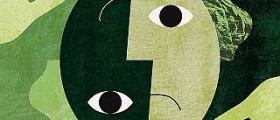

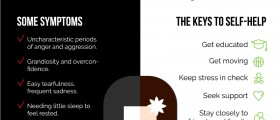
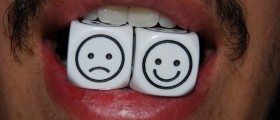
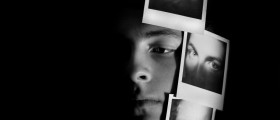

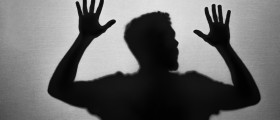
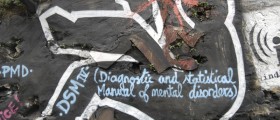





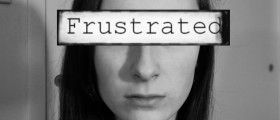

Your thoughts on this
Loading...